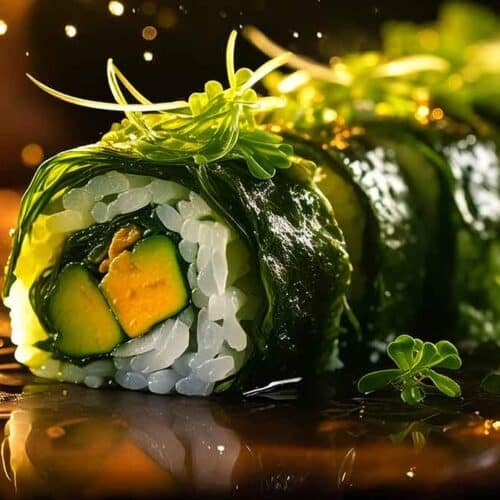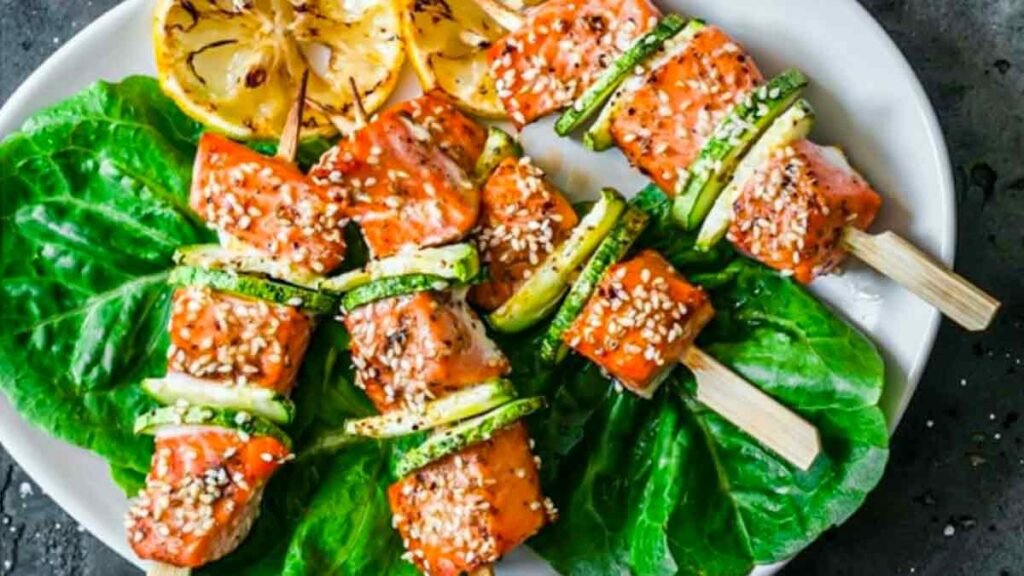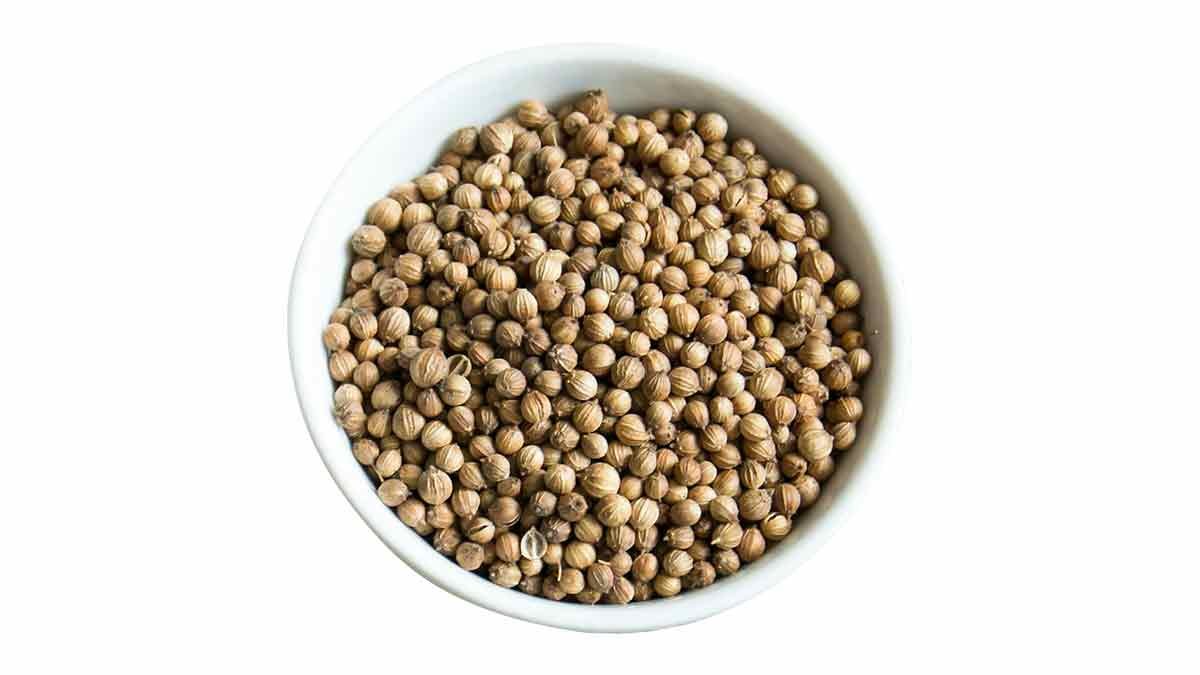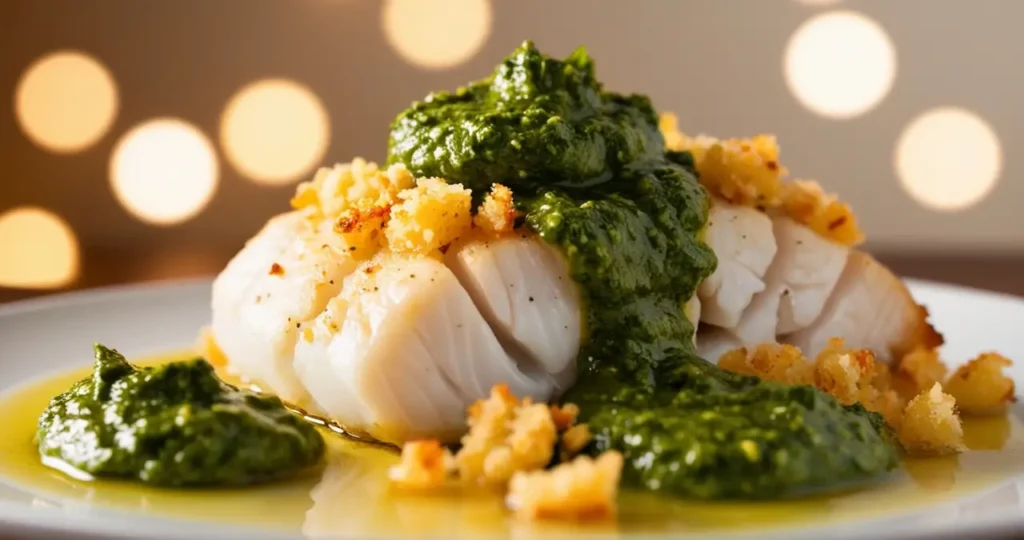
Seaweed Sushi Roll
Main Ingredients for this Recipe
I am Collecting Ingredients for this Recipe.
Cooking Methods For this Recipe
Seaweed Sushi Rolls: A Bite-Sized Taste of the Ocean
The art of sushi is a dance of contrasts: vibrant colors, diverse textures, and a balance of flavors that tantalize the palate. Of all the sushi roll varieties, the classic seaweed sushi roll, or makizushi, stands out as an iconic favorite. Its simple construction – seaweed, rice, and carefully selected fillings – epitomizes the essence of sushi: honoring quality ingredients with elegant preparation.
Table of Contents
Nori: The Backbone of the Seaweed Sushi Roll
Nori, the edible seaweed used in sushi rolls, is far more than just a structural element. It’s a treasure from the sea, packed with nutrients and a distinct, slightly salty flavor that complements the other ingredients perfectly. Nori’s crisp texture yields a satisfying chewiness once moistened by the sushi rice.

When choosing nori, opt for sheets with a dark green, almost black hue, indicating high quality. The sheets should be smooth, without any tears or holes. Opt for packages labeled “sushi nori” for the best experience.
Sushi Rice: The Essential Foundation
Sushi rice is another cornerstone of a delicious seaweed roll. This short-grain Japanese rice is prized for its sticky texture, which holds the roll together flawlessly. To maximize its potential, sushi rice is seasoned with a mixture of rice vinegar, sugar, and salt. The vinegar brings a subtle tanginess, the sugar a hint of sweetness, and the salt creates a perfect flavor balance.
The Art of the Roll
The key to a successful seaweed sushi roll lies in the rolling technique. Here’s a simplified guide:
- The Bamboo Mat: A bamboo sushi mat is essential for creating the signature cylindrical shape.
- Layering: Place a sheet of nori, shiny side down, on the mat. Spread a thin layer of seasoned sushi rice over it, leaving a slight gap at the top.
- Fillings: Arrange your chosen fillings in a horizontal line across the rice, slightly off-center.
- Rolling: Using the bamboo mat, carefully roll the sushi away from you, applying even pressure. Once the roll forms, use the mat to shape it.
- Cutting: Wet a sharp knife before slicing your roll into bite-sized pieces.

Popular Fillings: Exploring the Possibilities
Seaweed sushi rolls offer a canvas for your culinary creativity. Here are some traditional and modern variations:
- Classic: Tuna (maguro), Salmon (sake), Yellowtail (hamachi)
- Vegetarian: Avocado, cucumber, pickled radish (takuan).
- Creative Twists: Spicy tuna, California roll (avocado, crab, cucumber), tempura shrimp rolls.
Beyond the Basics
While traditional makizushi are the most common, other seaweed roll variations offer exciting options:
- Uramaki (Inside-Out Rolls): Rice on the outside and nori on the inside. These are usually coated with sesame seeds or fish roe for added texture.
- Temaki (Hand Rolls): Cone-shaped rolls filled with rice and various ingredients.
Accompaniments: Elevating the Experience
No sushi experience is complete without those classic accompaniments:
- Soy Sauce: The essential dipping sauce, adding a salty umami boost.
- Wasabi: The fiery green paste that delivers a sinus-clearing heat. Use sparingly!
- Pickled Ginger (Gari): A palate cleanser with a sweet and tangy bite.
Seaweed Sushi Rolls: Simplicity, Freshness, and Flavor
The beauty of seaweed sushi rolls lies in their celebration of simplicity, quality ingredients, and vibrant flavors. Whether you’re a sushi novice or a seasoned enthusiast, there’s always something delightful to discover within a perfectly rolled maki. So next time you crave a taste of Japanese cuisine, embark on a culinary adventure with a delicious seaweed sushi roll!

Seaweed Sushi Roll
Equipment
- Saucepan
- Wooden Spoon
- Wooden Bowl
- Sharp Knife
Ingredients
- 2 cups sushi rice
- 6 tablespoons rice vinegar
- 2 tablespoons sugar
- 5 sheets nori dried seaweed
- 1 cup chopped vegetables cucumbers, carrots, radishes, roasted peppers, cucumbers, pickled vegetables, cooked spinach, or arugula
- 1/2 cup chopped ripe avocado
- 4 ounces sushi-grade fish smoked fish, or cooked crab or lobster or prawns (preferably several fish choices), cut into long skinny strips
- Wasabi
- Soy sauce
- Pickled ginger
Instructions
- Rinse the rice in cold water repeatedly, agitating it as you do, until the water isn’t cloudy. Drain and cook according to package instructions.2 cups sushi rice
- In a small saucepan over low heat, combine 4 tablespoons of the vinegar and the sugar. Using a wooden spoon or spatula, turn the rice into a wooden bowl and sprinkle with the vinegar mixture. When your rice has cooled off a bit, you’re ready to make sushi.6 tablespoons rice vinegar, 2 tablespoons sugar
- Combine the remaining 2 tablespoons of vinegar with a cup of water in a bowl, you’ll use that to dip your fingers when assembling the sushi to prevent the rice from sticking to your hands.
- Cover your bamboo mat with plastic wrap, and put half a sheet of nori shiny-side down on the wrap.5 sheets nori
- Grab a handful of sushi rice, and spread it evenly over the bottom three-quarters of the nori sheet.
- Place a thin layer of vegetables, avocado, and fish lengthwise along the center of the rice. (The Japanese suggest an odd number of ingredients — three or five.)1/2 cup chopped ripe avocado, 4 ounces sushi-grade fish, 1 cup chopped vegetables
- Roll the bamboo mat so that the sushi forms a long tube. Don’t press too hard. You can roll it into a square, or a roll.
- Using a good sharp knife, cut into bite-size sushi sections. (If you like, you can turn them on their side and dab each top with wasabi.)
- Put the sushi on a plate, and serve with soy sauce, pickled ginger, and wasabi.Wasabi, Pickled ginger, Soy sauce
Dish
No Dish found.















